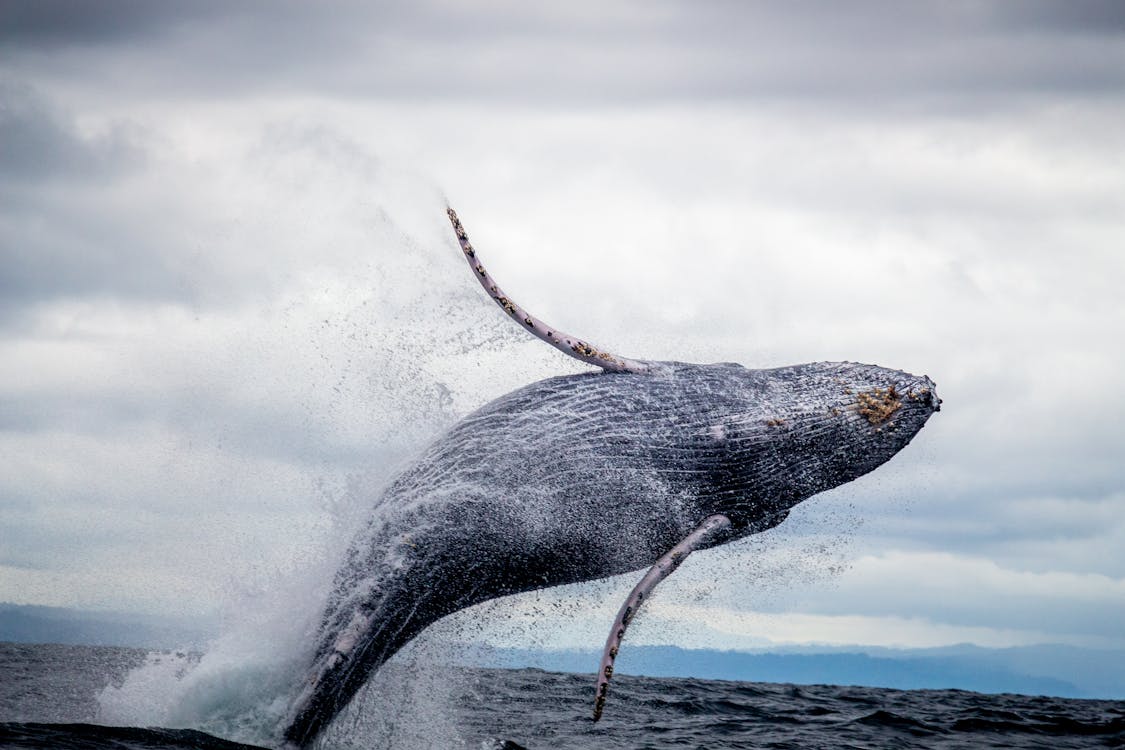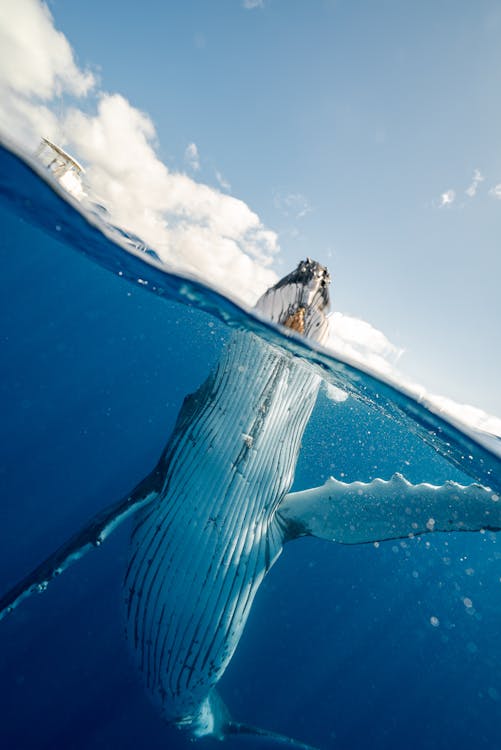Baleen whales are a fascinating group of marine mammals that belong to the suborder Mysticeti. These gentle giants are known for their enormous size and their unique feeding mechanism, which involves filtering small marine organisms, such as krill, through baleen plates in their mouths.
There are 14 species of baleen whales, ranging in size from the pygmy right whale, which can grow up to 21 feet in length, to the blue whale, the largest animal on Earth, which can reach lengths of up to 100 feet and weigh up to 200 tons.
Baleen whales are found in oceans all over the world, from the Arctic to the Antarctic. They are known for their long migrations, with some species traveling thousands of miles each year to feed and breed.
One of the most distinctive features of baleen whales is their baleen plates, which are made of keratin, the same material that makes up human hair and nails. These plates hang from the whale's upper jaw and are used to filter food from the water. When a whale opens its mouth to feed, water rushes in, along with small marine organisms. The whale then closes its mouth and pushes the water out through the baleen plates, trapping the food inside.
Baleen whales are also known for their complex vocalizations, which are used for communication and navigation. Some species, such as the humpback whale, are famous for their songs, which can last for up to 20 minutes and be heard for miles.
Unfortunately, many baleen whale species have been hunted to near extinction in the past, and several populations are still threatened by hunting, pollution, and climate change. Conservation efforts are underway to protect these gentle giants and ensure their survival for future generations.




.webp)

.webp)
.webp)
.jpg)
Comments
Post a Comment